Continuous Inkjet (CIJ) Printer, Thermal Inkjet (TIJ) Printer, Thermal Transfer Overprinter (TTO), and Laser Printer
One of the key components in the food, beverage, personal care, and pharmaceutical manufacturing industry is the coding and marking aspect of it. Various regulations on product identification have been enacted allowing the coding and marking printer manufacturers to develop solutions and provide services that can cater to their customer’s coding and marking requirements.
This field (coding and marking) has been growing rapidly over the past decade. Different technologies have been introduced and claim expertise in certain areas for product identification. However, as technology advances in this industry, the capability to print on specific applications such as coding with real-time information, printing in a fast or high-speed environment, superior adhesion, and highest print quality to certain materials is now just a matter of printer choice. Long gone are the days when a certain printer technology could claim its territory in specific applications or industries.
This article provides a simple understanding of four of the most common coding and marking technologies – CIJ, TIJ, TTO and Laser Printer, and how their technology developed through time.
Continuous Inkjet (CIJ) Printer
The continuous inkjet printer also known as CIJ, is probably one of the oldest and most known technologies since its introduction in the coding and marking industry dating back to the 1950s. The CIJ printing technology operates by activating a high-pressure pump to push the ink through nozzles on the printhead.
Every droplet is electronically charged and passes through a magnetic field generated between the deflector plates inside the printhead. This creates a continuous stream of ink droplets. The extent of charge on every droplet determines its position on the product and creates the final print. The droplets that do not get charged are not deflected and re-circulated back into the system.
The CIJ printers have always been the go-to printer when the application requirements include high throughput and the printhead can be placed farther away from the product. There was an era in coding and marking where CIJ printing technology can only achieve printing on concave surfaces such as the bottom of cola cans since other technologies cannot print on longer throw distances (Luckily now, this application can be done by TIJ printer with longer throw distance ink such as Hx Nitro and eUrex Funai Ink Cartridge)
The popular brands that manufacture CIJ printers include Domino Printing with their Ax-Series continuous inkjet printers; Videojet with their Videojet 1880 and Videojet 1620-50 series; and Leibinger’s Jet3up CIJ printers.
Thermal Inkjet Printer
The thermal inkjet printer or TIJ printing is one of the rising stars in the coding and marking industry. The development that coils around this technology has been rapid enabling it to achieve printing territories once impossible with its technology.
TIJ printer works by using an ink cartridge consisting of hundreds of nozzles which each contain a heating component. This heating component allows current to pass through it in order to warm up the ink inside the nozzles. This allows for a pressure build-up which then pushes the ink onto the final surface.
TIJ printers were only a choice to mark onto porous materials such as boxes and corrugated containers due to the limited range of available ink types. It is also confronted with limitations to print closer (lower throw distance) to the surface of the product. Unlike CIJ printers, there is no additional pressure applied to jet the droplet towards the surface of the product.

Nonetheless, TIJ coding printers are now increasing in demand with new ink formulation with semi-solvent, solvent-based ink with fast drying and superior adhesion have been introduced. The latest development in this technology that MapleJet has proudly pioneered was the introduction of a high throw distance TIJ printer, Hx Nitro. The printer uses a Funai-based ink cartridge and can achieve up to 10 mm throw distance from the product substrate. It is a perfect solution to print on concave or irregular shapes such as on the bottom of cans or the shoulders of bottles that are sloped.
TIJ technology is now embracing coding territories in coding and marking in the food, beverage, and pharmaceutical manufacturing industry. The technology is now suitable to print on different flexible packaging materials mainly used in food snacks, dairy, frozen food, and other shelf products. With its economical, better print quality, clean, and maintenance-free solution, TIJ printers are competing with CIJ, TTO, and laser to be the all-around coding solution for barcode printing and product identification.
Thermal Transfer Overprinter (TTO)
Have you been to your nearest local grocery store recently? If you do, you’ll find most of the shelves for snack food use a TTO printer to print that production, expiration dates, or barcodes in flexible packaging. This type of technology is widely used by food and pharmaceutical manufacturers because it produces high print quality, clean, and economical (Although as mentioned that through advancement in coding and marking, other types of technologies have found their foot entering other territories once deemed only achievable by a certain coding technology. Recently, TIJ printers have been a successful choice to print on flexible packaging of various food snacks found on those grocery shelves).
Thermal transfer overprint systems consist of a resistor inside the print head that heats up the area of print and then transfers the ink to the product’s designated printing area. TTO uses a thermal printhead and a thermal ribbon to apply code for the flexible film. One important thing to understand when using TTO is it needs to touch the flexible packaging film or label to produce the code.
To name a few leading brands that offer TTO printing technology are Videojet, Markem Imaje, Domino Printing, and Lynx.
Laser Markers/Coders
In contrast to TTO printers that are considered a contact coding technology, Laser coders are identified as non-contact coding technology, it works by altering the surface of the substrate through ablation, etching, or foaming. Laser markings are good at engraving information such as batch numbers, multiple lines of text, lot codes, logos, and 1D/2D bar barcodes.
The apparent advantage of laser coders is it does not require any ink hence it cuts cost on consumables. The downside to this is that the laser printer’s cost of ownership is way too expensive and since maintenance is not required once the printer is damaged the whole system will become completely useless.
Laser coders produce really good print quality and ensure print permanence onto the material. This technology is widely used for PET materials (Yes, those engraved on our drinking bottles are done by Laser coders), glass, and even paperboards.
The brands that offer Laser Coders are Videojet, Domino Printing, Linx, ID Technology to name a few.
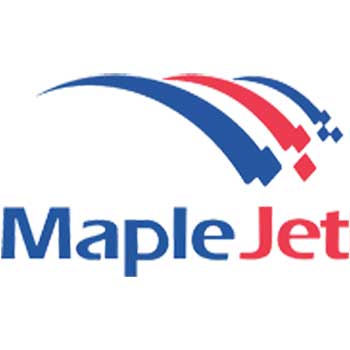
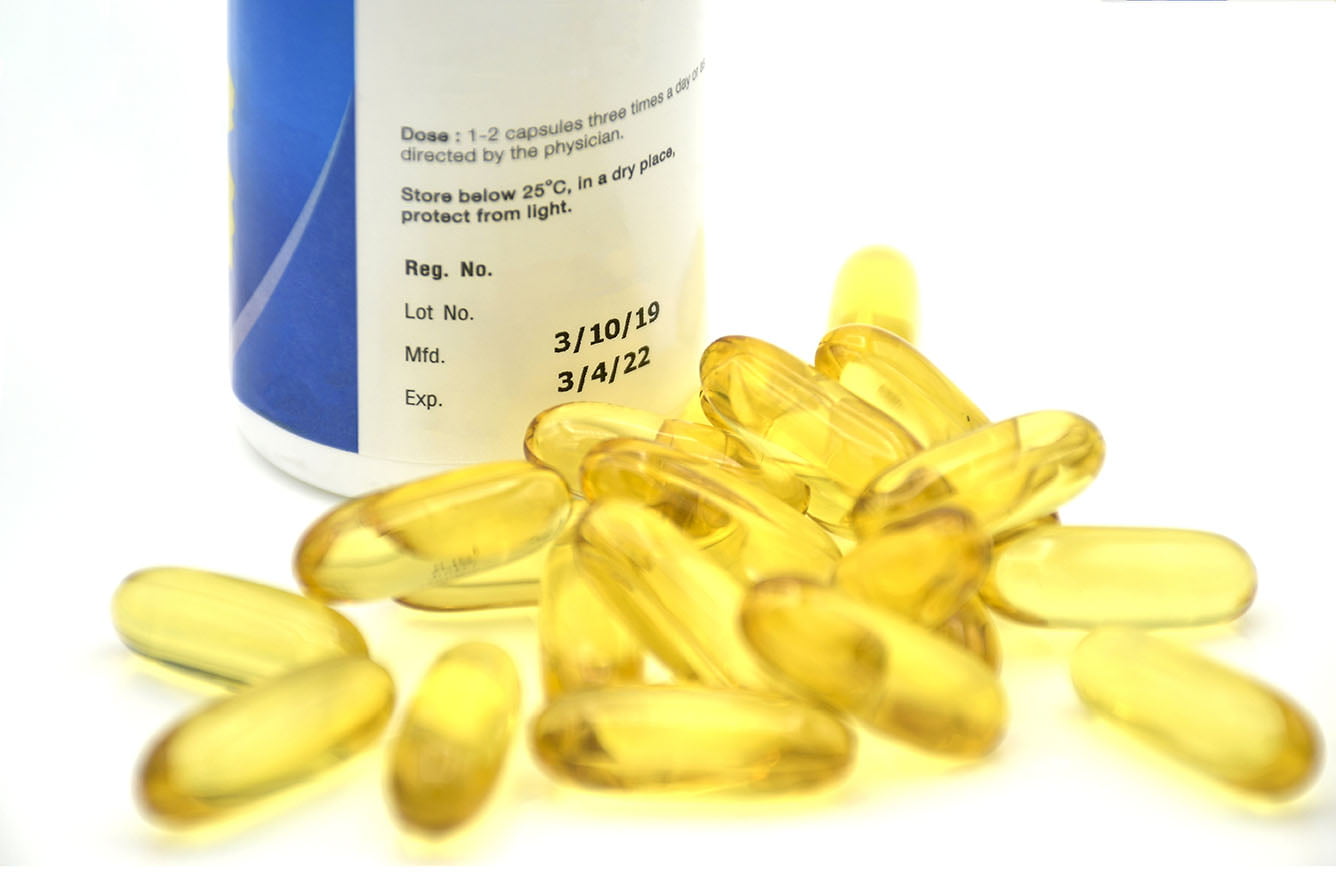
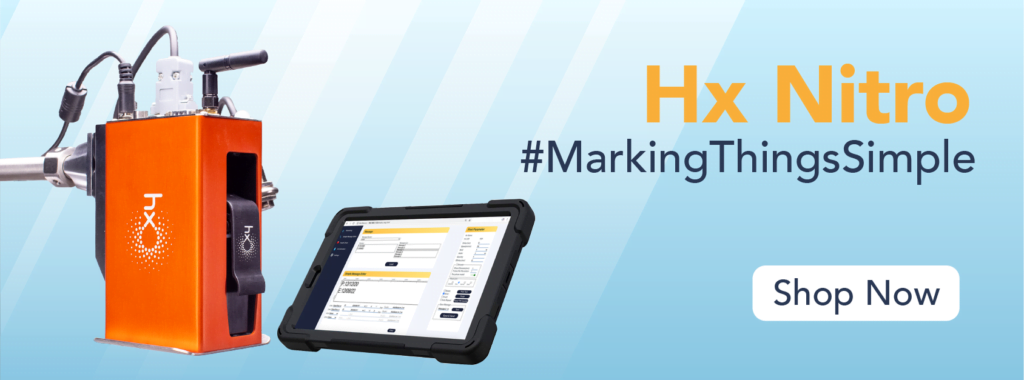


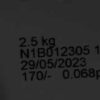
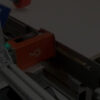
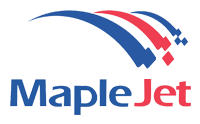
Recent Comments